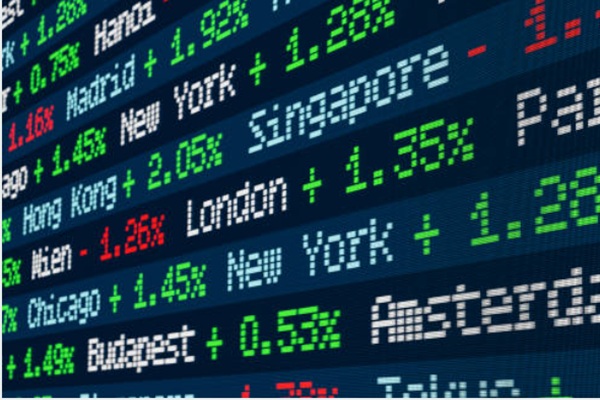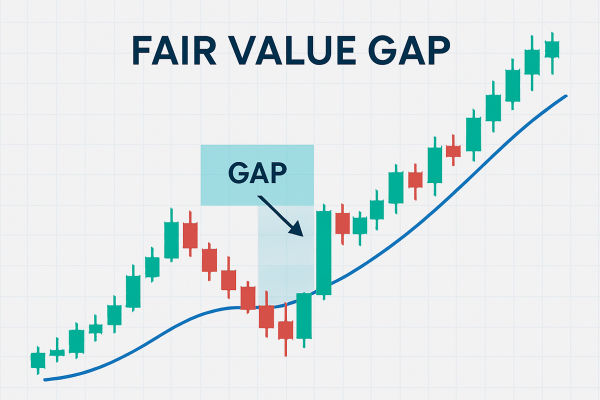In actual trading, technical analysis is often not as simple as
imagined. Although traders may easily identify support and resistance levels in
historical trends, capture price trends, or use various indicators to find
buying opportunities, real market trading is often far from as smooth as ideal.
This article will reveal the truth of technical analysis and share how to
conduct trading correctly.

What is Technical Analysis?
Technical analysis assumes all known fundamentals are already in the current price of a security. This means market prices reflect all information, so you can see trends and patterns to make trading decisions. Professional tech analysts believe in the repeatability of investor behaviour which shows up on historical price charts. This repeatability is what allows tech traders to forecast future price movements based on past performance.
Tech analysis has its roots in Charles Dow who laid the foundation in the late 1800s. Since then it has evolved to include many price patterns and Trading signals from years of research. Today tech analysis is all about looking at price movements and trends on historical price charts and using past data to make predictions about future price action.
Tech analysts use various stock charts to see significant price trends and actions that suggest future movements. By understanding these trends you can make informed decisions on entry and exit points and get better trading results. Tech analysis is flexible and can be applied to any security – stocks, futures, currencies.
Tools and Techniques in Tech Analysis?
The perfect form only exists in textbooks. If traders continue to pursue
perfect entry points, trading will become extremely difficult. For example, if
the price is expected to accurately hit the support level set by the trader and
immediately reverse, many trading opportunities and profits may be missed.
Market price behavior is usually more complex. For example, if the price
slightly drops below the set resistance level, it does not mean that the price
has confirmed a breakthrough. There may be differences in the analysis of
different traders in the market, and traders may also create false breakthroughs
and other technical signals to cut leeks. Price behavior reflects the emotions,
irrational behavior, and supply-demand relationship of traders. Therefore, when
the market is full of uncertainty, you cannot expect prices to perfectly follow
your technical analysis.
Don't be too confident and believe that your technical analysis is 100%
correct. It is wise to start trading from a small principal, adopt effective
risk management strategies, and view key prices as regions rather than precise
points.
The market will not immediately reverse after a halt. Although price reversal
is a common trading strategy in technical analysis, many traders do not know how
to analyze market reversals. Prices usually provide more signals and
opportunities than immediately changing direction after stopping. Therefore, do
not rush in and only intervene after there are more confirmed trading
signals.
For example, when the market is in an upward trend, seeing a cross star may
make you think that the upward trend has weakened and the price will reverse and
fall, so you sell short, but in reality, the price is still rising, leading to
losses. When the trend is about to reverse, prices often do not immediately
appear in a candle shape but may clear excess buyers and sellers in the
horizontal market, paving the way for more trading opportunities, so do not rush
to intervene in trading.
Beware of traps in technical indicators. Sometimes relying on technical
indicators may make your entry time too late. Because technical indicators often
lag behind and are calculated based on past data, market changes cannot be
captured in a timely manner. Don't wait for all technical indicators to signal
at the same time; otherwise, traders may miss the opportunity to enter. Price
behavior is usually more timely and accurate, without lagging behind. Technical
indicators can be used as auxiliary tools, but they are mainly based on price
behavior.
There has always been a debate in the market about which price behavior or
technical indicators are better. Some people believe that price behavior is the
best because it provides the most accurate trading signal. But some people also
believe that technical indicators are better because they provide clear and
systematic trading opportunities. In fact, both have their own uses. Price
behavior provides timely signals, while technical indicators can assist in
analysis. Combining the two can improve trading quality and success
rates.
Listen carefully to the price announcement. To conduct high-quality and
high-winning trade, it is necessary to trade based on price signals. The
price will tell the market which side has stronger momentum, which price range,
the likelihood of price reversal, and the reaction of prices to previous highs
and lows. In price behavior analysis, do not rely too much on a single signal
but rather integrate multiple signals to develop trading strategies.
Understand what type of trader you are. There are two main types of technical
analysis in the market: predictive and reactive. Predictive analysis attempts to
predict price trends and intervene in trading in advance, while reactive
analysis waits for clear signals from prices before entering. Choosing a
suitable approach and strictly executing the Trading plan will help improve the
quality of trading.
Technical analysis is an art that requires continuous learning and practice.
Don't be fooled by perfect form, delayed technical indicators, or overly
confident chart analysis. Improve your trading skills through the comprehensive
use of price behavior and technical indicators, as well as wise risk management.
After all, trading is not a simple game but a process that requires rational
thinking and firm execution.
Disclaimer: This material is for general information purposes only and is not intended as (and should not be considered to be) financial, investment or other advice on which reliance should be placed. No opinion given in the material constitutes a recommendation by EBC or the author that any particular investment, security, transaction or investment strategy is suitable for any specific person.







